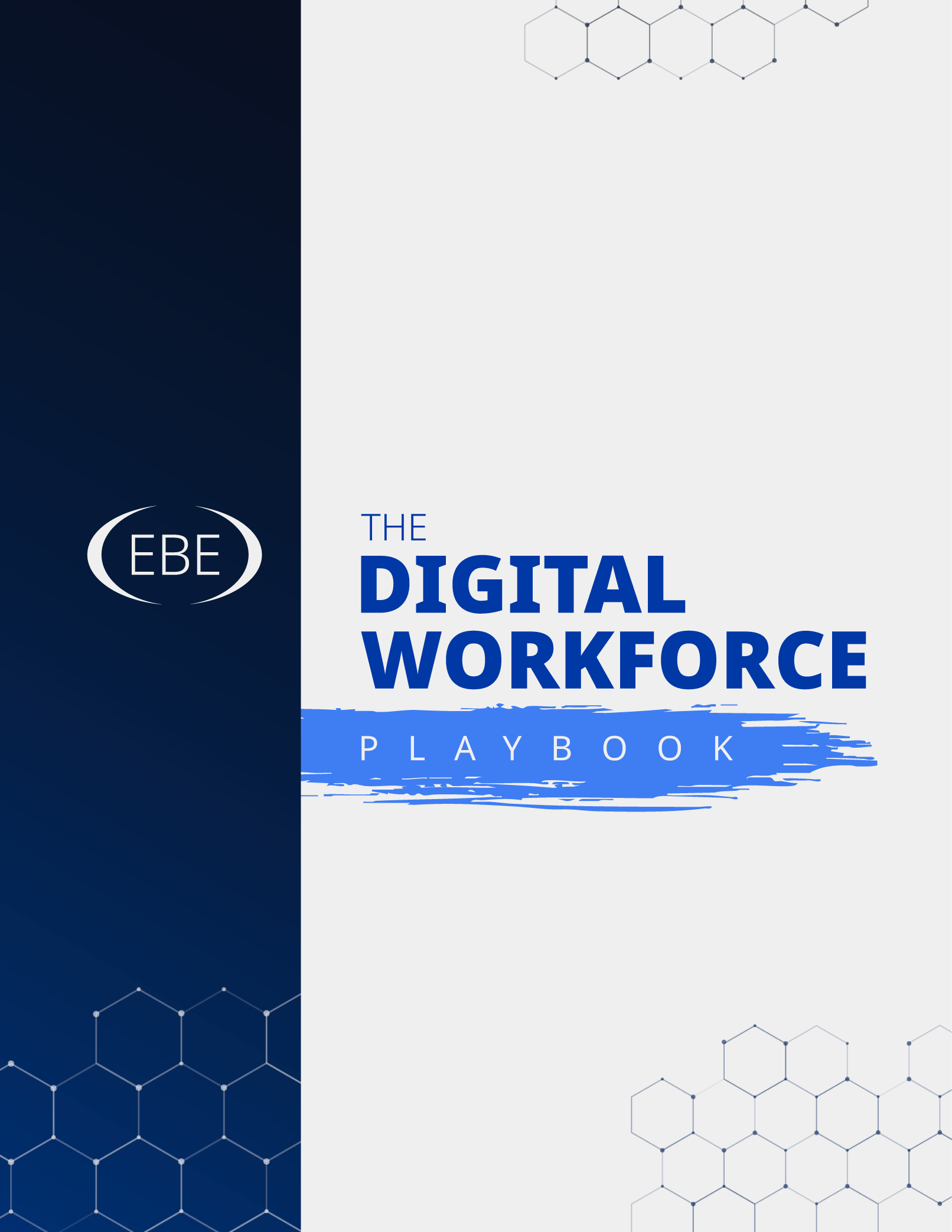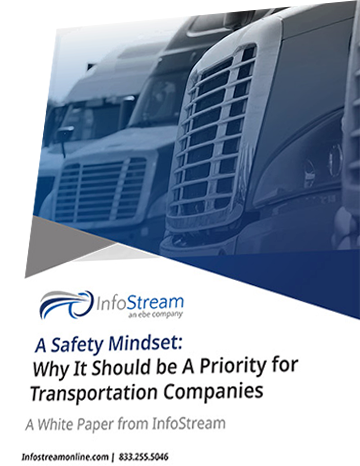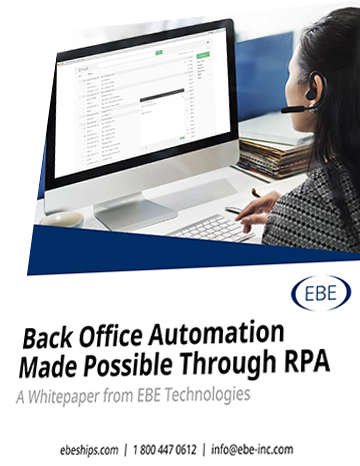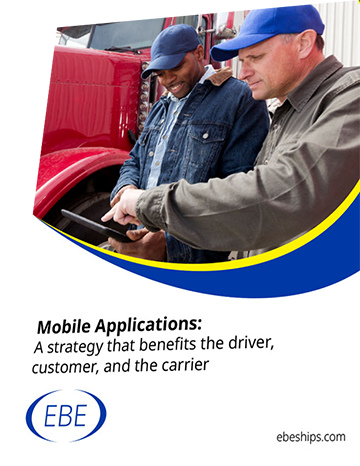

Learning Management Systems (LMS) for driver orientation and onboarding come in many variations, and it can be overwhelming to determine which is right for your organization. When evaluating the best method of training, be sure that it supports your culture – for example, whether more personal interaction is preferred, or whether your organization values cost savings. Regardless of the approach you choose, your training program should be developed to support both your culture and your organizational goals. Read on to learn more about the various methods of leveraging your LMS platform.
This approach leverages the LMS technology to the fullest. New hires complete all their coursework and paperwork through a Web-based portal, on either a desktop or mobile device. With this approach, it is important that companies utilize a platform that provides full visibility to the progress, success, and completion of the training, AND provides the ability to make corrections to the paperwork identified by safety and HR personnel prior to completion. Although the driver is not in the same physical location as the trainer, a valued LMS will alert the instructor when coaching opportunities are needed and provide virtual interaction between the driver and trainer.
Once the training and paperwork is completed, the carrier can send the driver for their physicals and drug tests, prior to arriving at the terminal. This means that before going to the terminal to meet their manager, virtually all the orientation requirements are met except for the road test. Once the road test is completed, the new hire can then move through the remainder of the process and be ready for dispatch in a very short period.
With this approach, travel and lodging expenses are minimized, and an unlimited number of classes can be conducted anytime, anywhere through the driver’s own mobile devices, laptops, or desktops. What’s more, shortened on-site driver orientation time puts drivers in trucks quicker and generates more income and revenue.
While this approach is considered the “traditional” method of providing training to new hires, utilizing an LMS and a Web-based paper packet to complete forms can revolutionize the orientation process. There are various execution models that can be adopted with the driver physically in the building.
Training is conducted in a classroom environment led by an instructor. Content can be delivered in a self-paced manner, or the instructor can release the content to the entire class at once. Either way, ultimate visibility to student progress is critical to successful coursework completion.
Carriers looking to personally interact with their new hires — while allowing the drivers to move along at their own pace — may choose this method. Drivers arrive at the orientation center and sit in a classroom or private workspace where they are presented with all the Web-based training content and electronic paperwork. This approach is designed to be executed as a self-paced process where the trainer becomes more of a facilitator rather than an instructor. Again, this approach is only successful if the facilitator has visibility to the progress and status of the content so they can step in when coaching is needed.
Like the fully remote approach, the on-site training approach supported by an LMS will reduce travel expenses due to the shortened time at the orientation facility, reduce staffing costs, and increase management productivity. Beyond that, with the on-site approach the driver is more connected to the company personally and culturally. Additionally, the time to deliver the same content is shortened, which means drivers are in orientation for less time and in their trucks more quickly.
This type of driver orientation allows you to provide a personalized training program based on the driver’s preference, location and learning style. It can be a combination of instructor-led classroom-style and self-paced online courses that drivers can take at their convenience. This hybrid approach allows you to deliver the best training experience for the driver while keeping cost, culture, and success factors at top of mind for the carrier.
An example of a hybrid approach may include drivers completing some or all their orientation paperwork — and, potentially, some of the training materials — remotely. Prior to drivers arriving at the orientation center, the trainer already has a fair assessment of the drivers’ capabilities with full visibility through the LMS and Onboarding portal. The on-site portion of driver orientation provides a personalized training program geared to specific drivers. Instructors can spend one-on-one time with drivers needing more help, while those drivers who are mastering the content can continue to move through the class and potentially shorten their orientation time.
The benefits of this type of driver orientation are numerous. First, orientation can begin any day at any location. The orientation leader maximizes their time by focusing on drivers that need coaching, and a shorter orientation time reduces travel and lodging expenses. And all this is accomplished while the new hires are personally connecting with the company culture. By examining your organization’s culture and priorities, you can more easily choose the orientation approach that is right for you; regardless of the approach, implementing an LMS is the key. To learn more about EBE’s Learning Management System, visit ebeships.com or call 800.447.0612.









